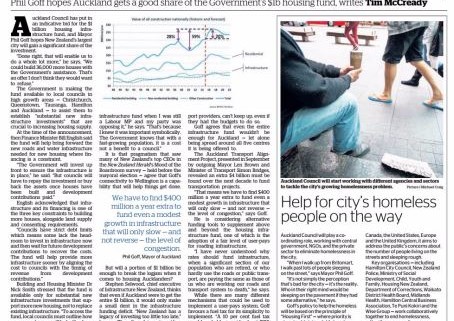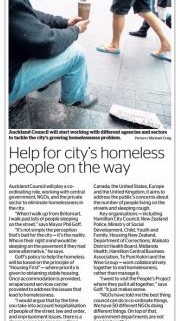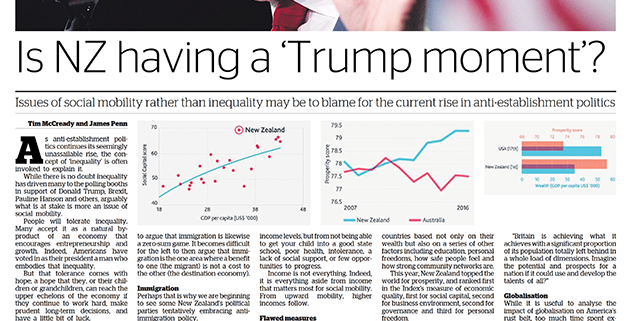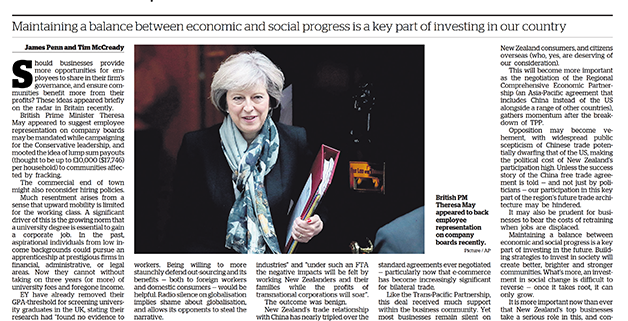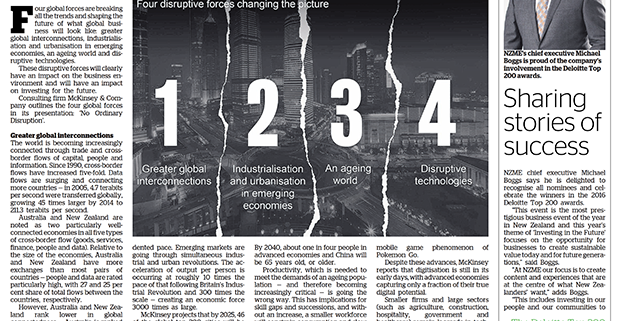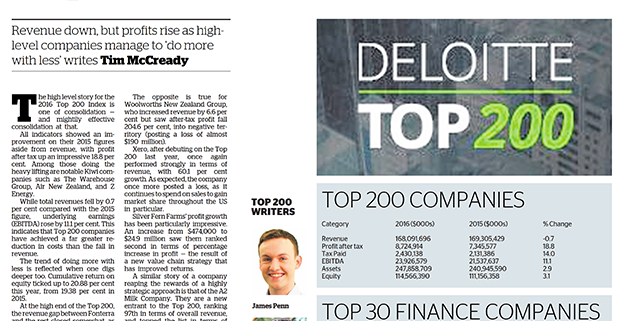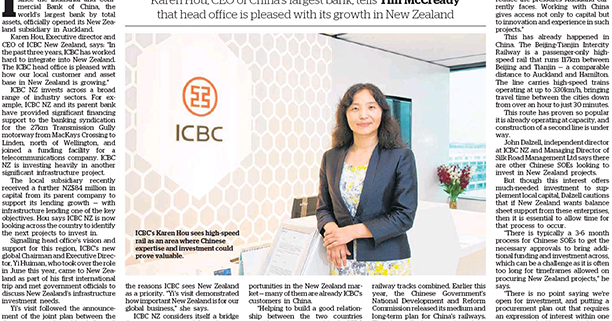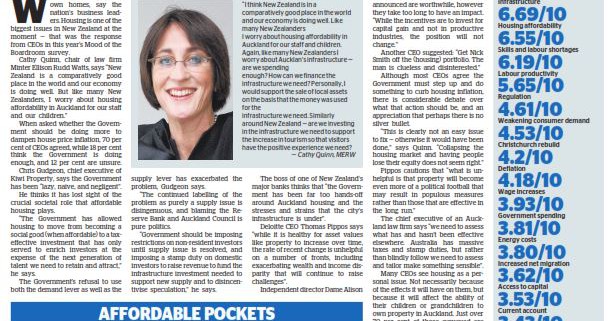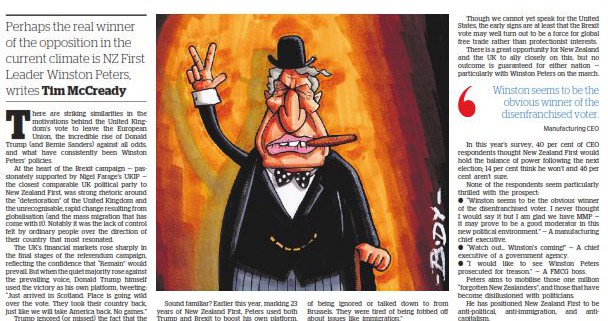Project Auckland: Housing offer too good to refuse (NZ Herald)
Phil Goff hopes Auckland gets a good share of the Government’s $1b housing fund, writes Tim McCready
Auckland Council has put in an indicative bid for the $1 billion housing infrastructure fund, and Mayor Phil Goff hopes New Zealand’s largest city will gain a significant share of the investment.
“Done right, that will enable us to do a whole lot more,” he says. “We could build 36,000 more houses with the Government’s assistance. That’s an offer I don’t think they would want to refuse.”
The Government is making the fund available to local councils in high growth areas — Christchurch, Queenstown, Tauranga, Hamilton and Auckland — to assist them to establish “substantial new infrastructure investments” that are crucial to increasing housing supply.
At the time of the announcement, then Finance Minister Bill English said the fund will help bring forward the new roads and water infrastructure needed for new housing where financing is a constraint.
“The Government will invest up front to ensure the infrastructure is in place,” he said. “But councils will have to repay the investment or buy back the assets once houses have been built and development contributions paid.”
English acknowledged that infrastructure and its financing is one of the three key constraints to building more houses, alongside land supply and consenting requirements.
“Councils have strict debt limits which means some lack the headroom to invest in infrastructure now and then wait for future development contributions to recover the costs. The fund will help provide more infrastructure sooner by aligning the cost to councils with the timing of revenue from development contributions.”
Building and Housing Minister Dr Nick Smith stressed that the fund is available only for substantial new infrastructure investments that support more new housing, not to replace existing infrastructure. “To access the fund, local councils must outline how many new houses will be built, where they will be built and when they will be available,” he said.
“Ideally, they will have agreements with developers on these issues.”
Auckland has clearly been struggling to deal with the housing crisis. In order to meet the demand over the next 30 years, the council predicts Auckland will need more than 400,000 new residential homes.
Goff agrees with the Government — in order to build more houses, the city must put more money into infrastructure. “I welcomed the housing infrastructure fund when I was still a Labour MP and my party was opposing it,” he says. “That’s because I knew it was important symbolically. The Government knows that with a fast-growing population, it is a cost not a benefit to a council.”
It is that pragmatism that saw many of New Zealand’s top CEOs in the New Zealand Herald’s Mood of the Boardroom survey — held before the mayoral election — agree that Goff’s connectivity to Wellington is a capability that will help things get done.
But will a portion of $1 billion be enough to break the logjam when it comes to housing Aucklanders?
Stephen Selwood, chief executive of Infrastructure New Zealand, thinks that even if Auckland were to get the entire $1 billion, it would only make a small dent in the infrastructure funding deficit. “New Zealand has a legacy of investing too little too late,” he says. “Even though investment has increased significantly in recent years, it is not keeping pace with growth. The reality is that we need to increase investment with urgency and consolidate growth by lead investment in infrastructure.
“This would enable us to develop residential and commercial development at scale integrated with transport investment and make maximum use of limited dollars.”
Selwood says the current plans allow growth everywhere. The infrastructure providers, especially transport providers, can’t keep up, even if they had the budgets to do so.
Goff agrees that even the entire infrastructure fund wouldn’t be enough for Auckland — let alone being spread around all five centres it is being offered to.
The Auckland Transport Alignment Project, presented in September by outgoing Mayor Len Brown and Minister of Transport Simon Bridges, revealed an extra $4 billion must be found over the next decade to fund transportation projects.
“That means we have to find $400 million a year extra to fund even a modest growth in infrastructure that will only slow — and not reverse — the level of congestion,” says Goff.
He is considering alternative funding tools to supplement above and beyond the housing infrastructure fund, one of which is the adoption of a fair level of user-pays for roading infrastructure.
“I have never understood why rates should fund infrastructure, when a significant section of our population who are retired, or who hardly use the roads or public transport, are paying the same as those of us who are working our roads and transport system to death,” he says.
While there are many different mechanisms that could be used to implement a user-pays system, Goff favours a fuel tax for its simplicity to implement. “A 10 per cent fuel tax would probably provide about $150 million per year. I have been a convert to user pays for quite some time — it would make a direct connection between utilisation of the roads and paying for transport infrastructure. It’s simple, cheap, easy to administer — and interim.”
The chart above, produced by Branz and Pacifecon, projects the value of all construction nationally (historic and forecast), and shows the increasing gap between projected investment in residential construction (in blue) vs infrastructure (in green).

